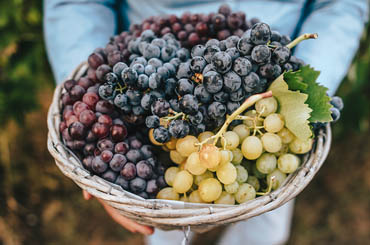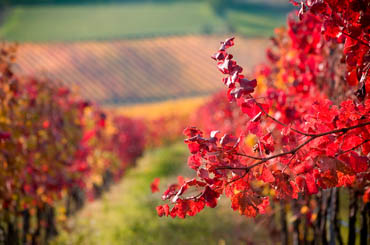Geographic Indications – Australia's Appellation (AOC) system
Geographic Indication (GI) is the term for the officially recognised super zones, zones, regions and subregions of Australia which have been entered in the Register of Protected Names pursuant to the Australian Wine and Brandy Corporation Act 1980 (Cth). At its most general, registration is based on state boundaries or an aggregation of states or parts thereof. The broadest is South Eastern Australia, which takes in the whole of New South Wales, Victoria and Tasmania and those sectors of Queensland and South Australia in which grapes are (or may conceivably be in the future) grown. Next come individual states, designations which need no explanation. Each state is then divided into zones; securing agreement on the names and boundaries of the zones was completed in 1996. The regulations provide that a zone is simply an area of land, without any particular qualifying attributes. The one super zone is Adelaide, which includes the Mount Lofty Ranges, Fleurieu and Barossa zones.Each zone can then be subdivided into regions (the vast majority are), and eachregion into subregions (of which there are only a few). A region must be a single parcel (or piece) of land, comprising at least five independently owned wine grape vineyards of at least 5ha each, and usually producing a total of at least 500 tonnes of wine grapes a year. A region is required to be measurably different from adjoining regions, and have measurable homogeneity in grapegrowing attributes over its area. A subregion must also be a single parcel of land, comprising at least five independently owned wine grape vineyards of at least 5ha each, and usually producing at least 500 tonnes of wine grapes annually. However, a subregion is required to be substantially different from other parts of the region, and have substantial homogeneity in grapegrowing attributes over the area. As is obvious, the legislation is vague, and the difference between a region and a subregion is extremely subtle.
The procedures for registration were and are inevitably tortuous and slow. First, the application for registration (and the detailed supporting material) must come from the region’s vignerons. There is no payment for the work involved, which may be made more difficult by internal disagreements on the name or precise boundaries to be adopted. Moreover, if regional boundaries abut, there has to be inter-regional agreement, as there cannot be regional overlap of the kind one finds under comparable legislation in the US.
The six-year battle over the boundaries of Coonawarra, costing many millions of dollars in legal and experts’ fees, showed just how drawn-out the process can be. Moreover, the boundaries ultimately decided were wider than anyone imagined, and still having illogical sections at various points along the way.
As the number of Australian wineries continues to increase, and their geographic spread likewise, more regions and/or subregions will be created, albeit at a slower rate than hitherto.







